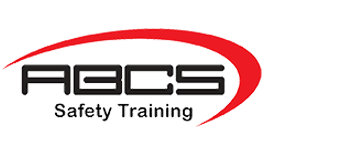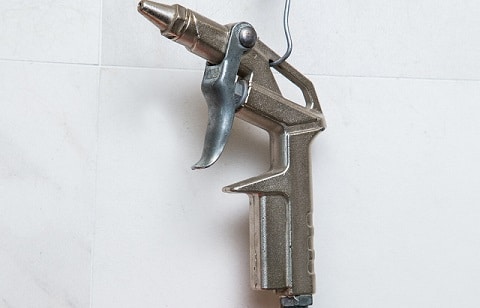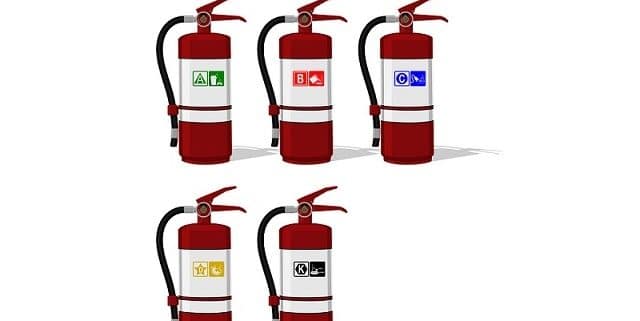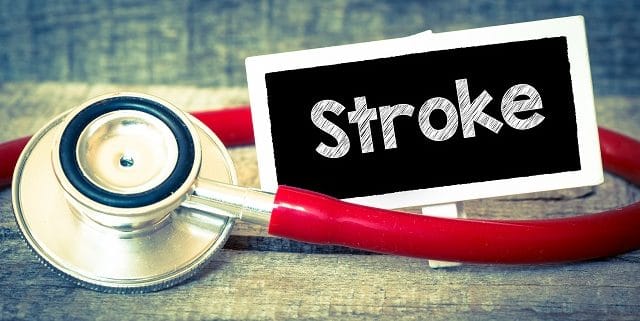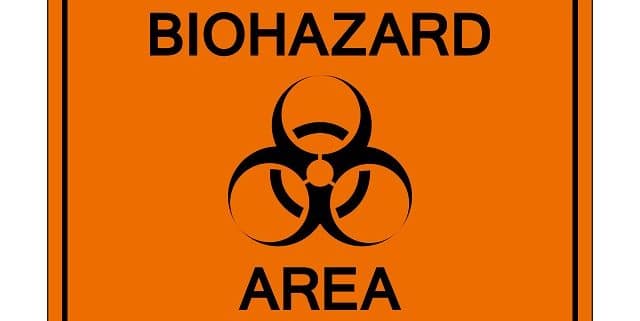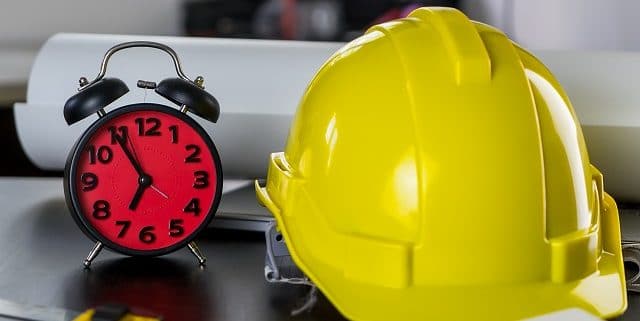Compressed Air
Compressed air is a staple for almost any shop or site location. Along with powering our pneumatic tools like drills, air hammers and die grinders, it’s great for removing debris from a work surface. Despite its common use among trades people, this seemingly harmless helper can be quite the opposite if used incorrectly. Here is what you can do to keep yourself and others safe.
I know when you’re covered in sawdust or a day’s worth of grinding dust, it might seem like a good idea to quickly blow it off with an air hose… But don’t! Even set at a low PSI, compressed air can cause serious injuries. Such as puncturing the skin and causing an air embolism or hemorrhage (which can lead to death), permanent sight loss, brain damage, hearing loss, or if you’re lucky, just bruises and lacerations. Make sure anytime you are using compressed air that you are wearing proper PPE. Always do your pre-work inspection, checking the hose for holes and kinks and the quick connect for leaks. Check the maximum rating of the hose, make sure it’s compatible with the equipment. Keep the hose off the floor. This prevents tripping hazards as well as unnecessary wear on the hose. When using compressed air to clean something (other than yourself, others or anything touching yourself or others ie: clothing) you must use an approved air nozzle. The PSI should be lower than 30. Remember to never point a nozzle at anyone, no matter how low you think the PSI is… It could be deadly.
A lot of workers think that compressed air is harmless… It’s just air right? However, even if you’re just blowing off some debris from your coveralls or goofing off with a work buddy, the effects of air under pressure can be catastrophic. So keep that nozzle away from yourself and all your coworkers.
